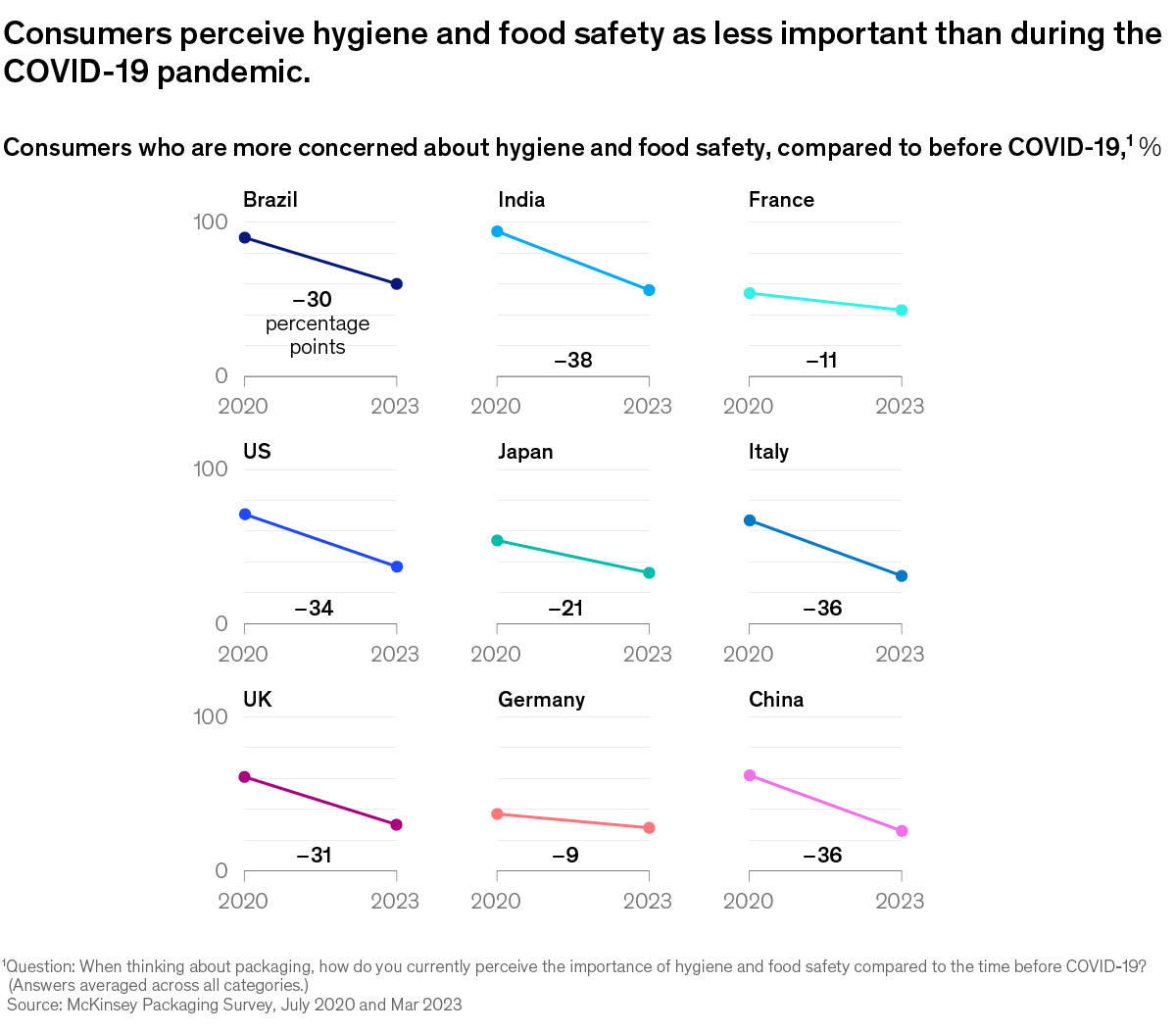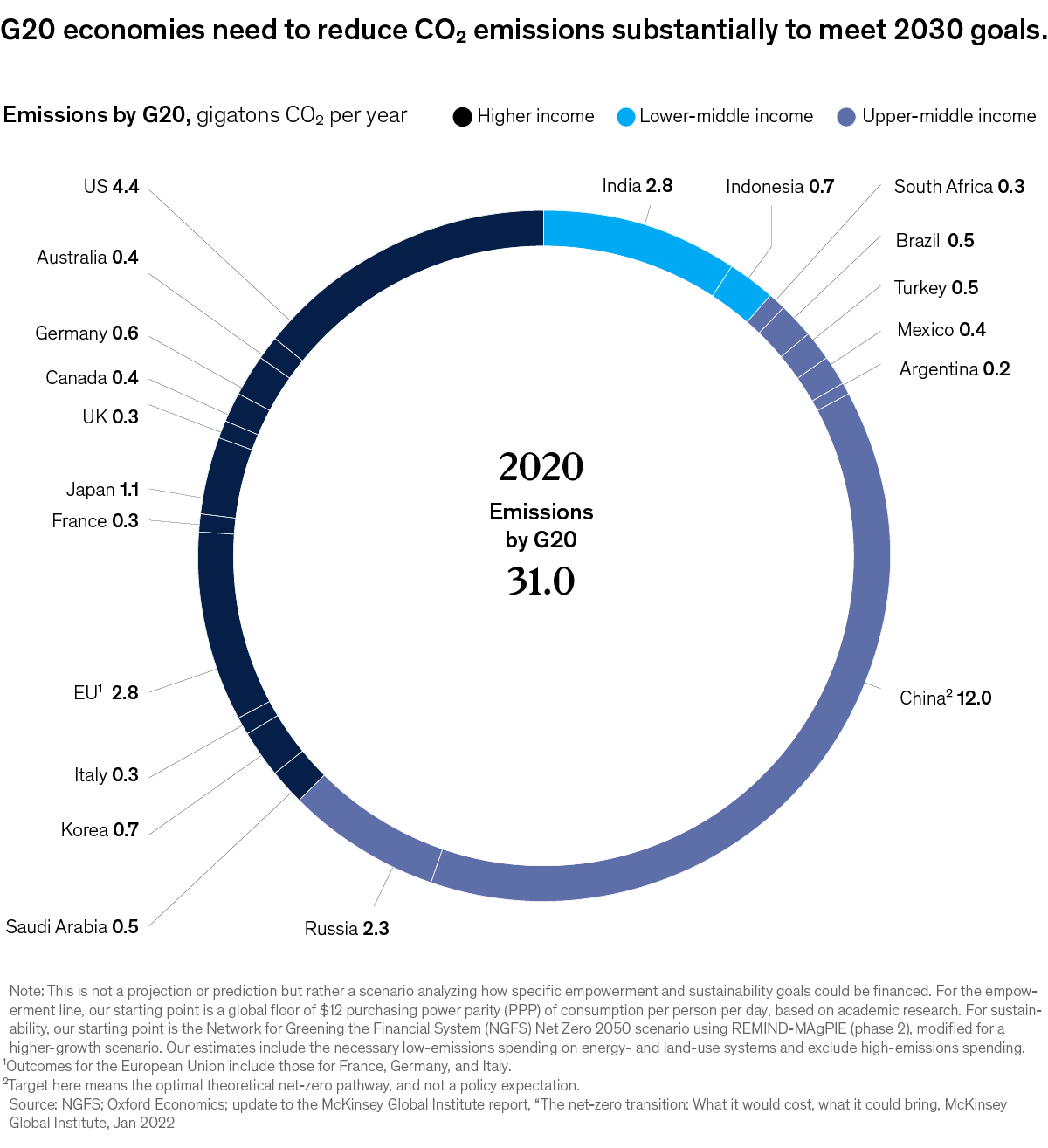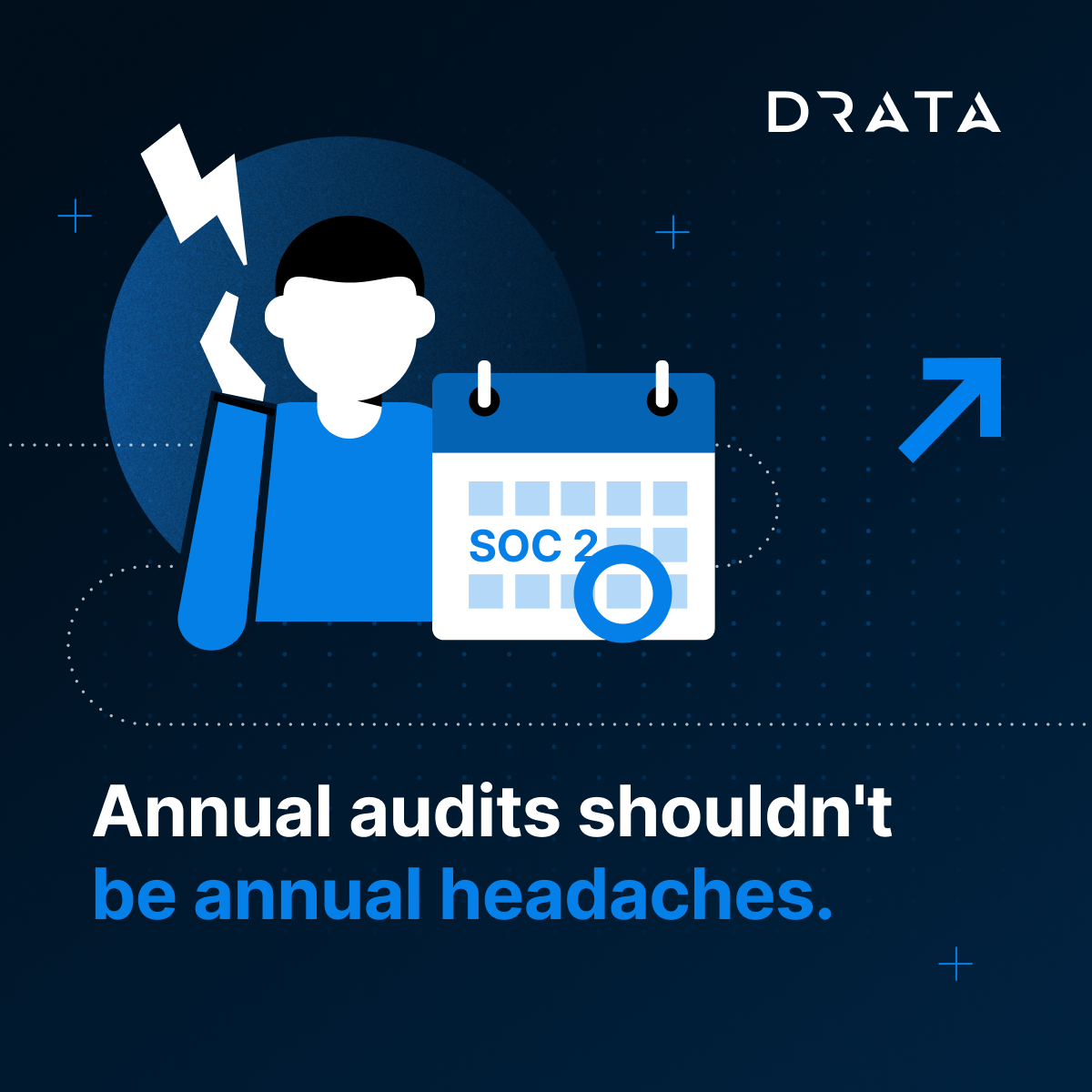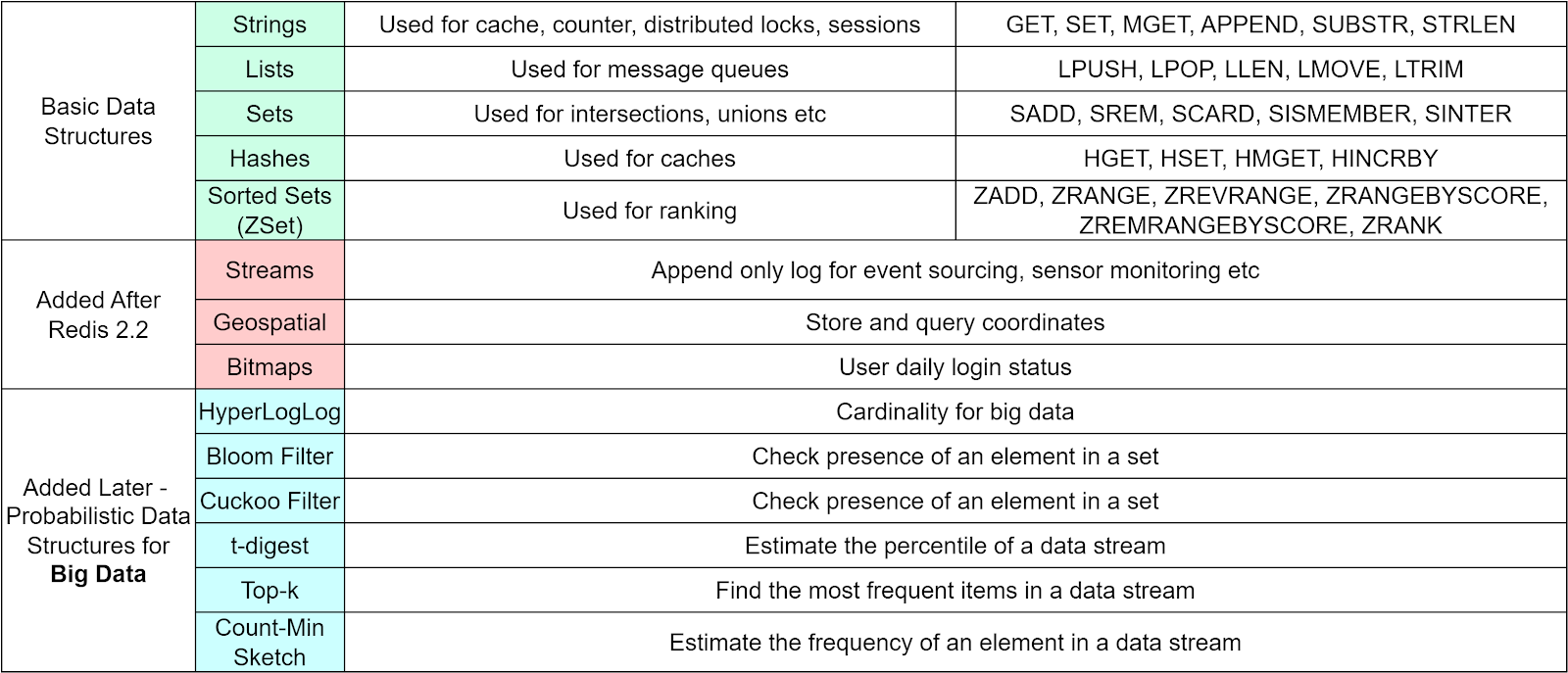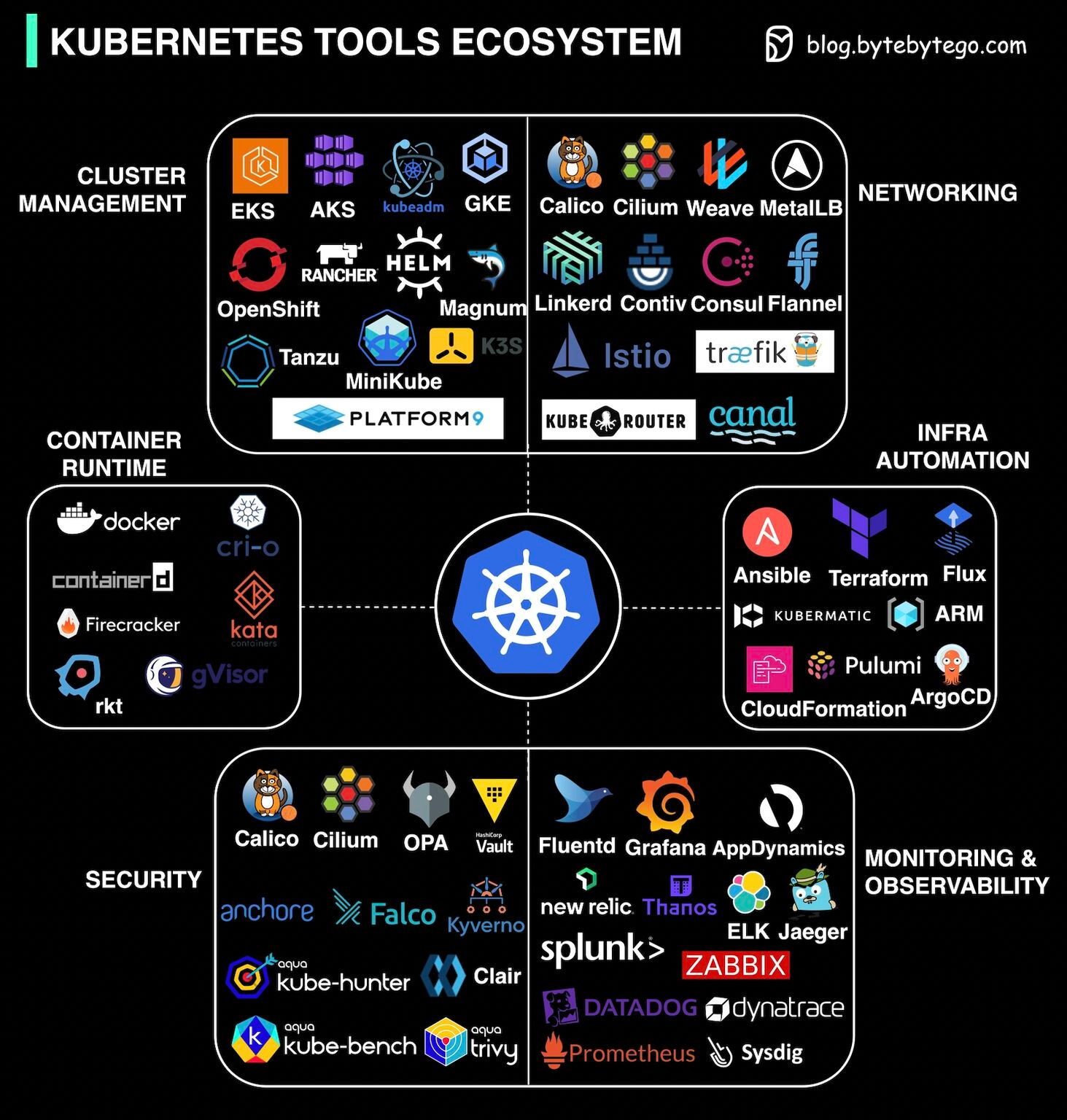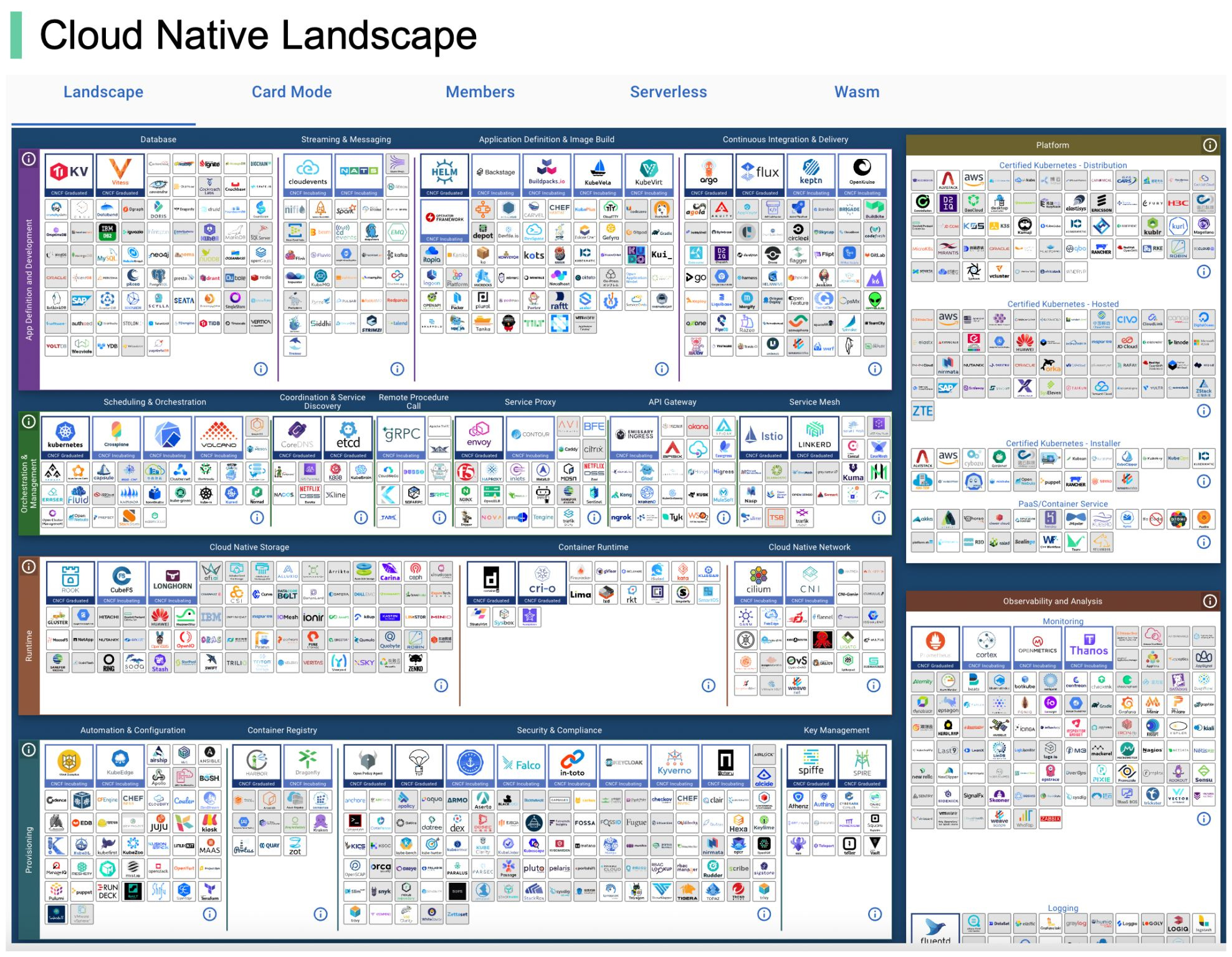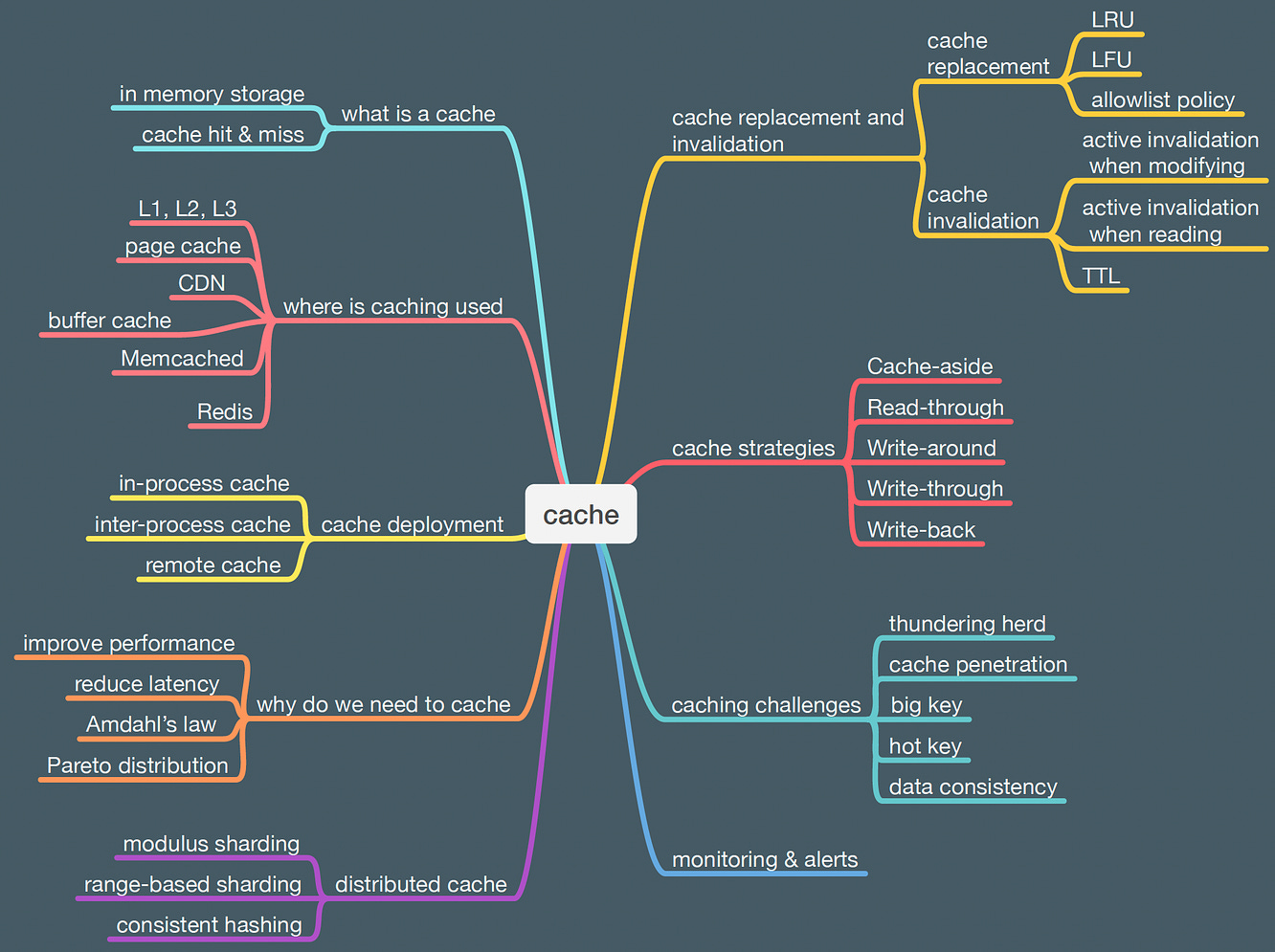Archives
- By thread 5362
-
By date
- June 2021 10
- July 2021 6
- August 2021 20
- September 2021 21
- October 2021 48
- November 2021 40
- December 2021 23
- January 2022 46
- February 2022 80
- March 2022 109
- April 2022 100
- May 2022 97
- June 2022 105
- July 2022 82
- August 2022 95
- September 2022 103
- October 2022 117
- November 2022 115
- December 2022 102
- January 2023 88
- February 2023 90
- March 2023 116
- April 2023 97
- May 2023 159
- June 2023 145
- July 2023 120
- August 2023 90
- September 2023 102
- October 2023 106
- November 2023 100
- December 2023 74
- January 2024 75
- February 2024 75
- March 2024 78
- April 2024 74
- May 2024 108
- June 2024 98
- July 2024 116
- August 2024 134
- September 2024 130
- October 2024 141
- November 2024 171
- December 2024 115
- January 2025 216
- February 2025 140
- March 2025 220
- April 2025 233
- May 2025 239
- June 2025 303
- July 2025 175
-
Meet our new GenAI assistant Grok and hear from some of the UK's leading brands
New Relic
Hi there,
Our industry-first generative AI assistant is here! New Relic Grok is designed to help unlock the power of observability by turning mountains of data into actionable insights, instantly.
Better yet, come see Grok in action at FutureStack London on Tuesday, 14th November. With a jam-packed agenda, you’ll learn what’s new and what’s next from New Relic with exciting announcements around logs, security, infrastructure, unified APM and the developer toolchain. You’ll hear customer stories of observability excellence from DevOps and engineering leaders from some of the UK's leading brands, as well as insights into their journeys towards ensuring seamless customer experiences.
In the afternoon we’ll have hands-on workshops where you’ll broaden your platform experience and take your skills to the next level.
Register here and we look forward to seeing you in November!Register now 
Need help? Let's get in touch.



This email is sent from an account used for sending messages only. Please do not reply to this email to contact us—we will not get your response.
This email was sent to info@learn.odoo.com Update your email preferences.
For information about our privacy practices, see our Privacy Policy.
Need to contact New Relic? You can chat or call us at +44 20 3859 9190.
Strand Bridge House, 138-142 Strand, London WC2R 1HH
© 2023 New Relic, Inc. All rights reserved. New Relic logo are trademarks of New Relic, Inc
Global unsubscribe page.
by "New Relic EMEA Events" <emeamarketing@newrelic.com> - 09:20 - 28 Sep 2023 -
Implementing digital and becoming digital aren’t the same. Here’s how to tell the difference.
On Point
How successful companies become digital
by "McKinsey On Point" <publishing@email.mckinsey.com> - 12:18 - 28 Sep 2023 -
ประกาศรายชื่อผู้โชคดีรับคูปอง Grab ฟรี! (กิจกรรมอัพเดทโปรไฟล์)
Schneider Electric
โชคดีมีชัย รับคูปอง Grab ฟรีๆชไนเดอร์ อิเล็คทริค ขอแสดงความยินดีกับผู้โชคดีและขอขอบคุณสำหรับการร่วมสนุกในกิจกรรม "อัพเดทโปรไฟล์ลุ้นรับคูปอง Grab ฟรี!"
ตรวจสอบรายชื่อผู้โชคดีรับคูปอง Grab มูลค่า 50 บาท เจ้าหน้าที่จะจัดส่งคูปองให้ผ่านทางอีเมลของท่าน หลังจากวันที่ประกาศรายชื่อฯ ภายใน 14 วันทำการ คลิกปุ่มด้านล่างนี้ได้เลยเพิ่มเพื่อน เพิ่มสิทธิประโยชน์อย่าตกเทรนด์ เพิ่มเพื่อน Line Official ชไนเดอร์ อิเล็คทริค เพื่อรับข้อมูลและสิทธิประโยชน์มากมายก่อนใคร+ Lifecycle Services From energy and sustainability consulting to optimizing the life cycle of your assets, we have services to meet your business needs. Schneider Electric
46 Rungrojthanakul Building. 1st, 10th, 11th Floor, Ratchadapisek Road. Huaykwang
Bangkok - 10310, Thailand
Phone +662 617 5555© 2023 Schneider Electric. All Rights Reserved. Schneider Electric is a trademark and the property of Schneider Electric SE, its subsidiaries and affiliated companies. All other trademarks are the property of their respective owners.
by "Schneider Electric" <reply@se.com> - 09:01 - 27 Sep 2023 -
Best Practices Guide - Turn Data into Useful Analytics
Sumo Logic
From best practices to key insights

The strongest analytics deliver the strongest app.
With 100GB of daily log ingest, Standard Chartered needed hyperscalable observability with the highest security. They got it - and more - including:
- Millisecond responsiveness
- Delivered a unified platform for security, DevOps and customer experience
- Improved customer onboarding in just five months
Check out the full case study to learn more.
Reach out to discuss how Sumo Logic can help you revolutionize your industry.Sumo Logic, Level 9, 64 York Street, Sydney, NSW 2000
© 2023 Sumo Logic, All rights reserved.Unsubscribe 


by "Sumo Logic" <marketing-info@sumologic.com> - 09:00 - 27 Sep 2023 - Millisecond responsiveness
-
Strategies for Asian business navigating a new era
Shape the future This email contains information about McKinsey's research, insights, services, or events. By opening our emails or clicking on links, you agree to our use of cookies and web tracking technology. For more information on how we use and protect your information, please review our privacy policy.
You received this email because you subscribed to our McKinsey Global Institute alert list.
Copyright © 2023 | McKinsey & Company, 3 World Trade Center, 175 Greenwich Street, New York, NY 10007
by "McKinsey & Company" <publishing@email.mckinsey.com> - 01:12 - 27 Sep 2023 -
Important changes to your free team in Canva
Important changes to your free team in Canva
Here’s what you need to know about the changes to your free team in Canva͏ ͏ ͏ ͏ ͏ ͏ ͏ ͏ ͏ ͏ ͏ ͏ ͏ ͏ ͏ ͏ ͏ ͏ ͏ ͏ ͏ ͏ ͏ ͏ ͏ ͏ ͏ ͏ ͏ ͏ ͏ ͏ ͏ ͏ ͏ ͏ ͏ ͏ ͏ ͏ ͏ ͏ ͏ ͏ ͏ ͏ ͏ ͏ ͏ ͏ ͏ ͏ ͏ ͏ ͏ ͏ ͏ ͏ ͏ ͏ ͏ ͏ ͏ ͏ ͏ ͏ ͏ ͏ ͏ ͏ ͏ ͏ ͏ ͏ ͏ ͏ ͏ ͏ ͏ ͏ ͏ ͏ ͏ ͏ ͏ ͏ ͏ ͏ ͏ ͏ ͏ ͏ ͏ ͏ ͏ ͏ ͏ ͏ ͏ ͏
Hi ,
We're making some changes to our free teams offering in Canva, so we'd love to take a minute to explain what that means for you.
As you've already joined a free team in Canva, we will make sure that you and your team can keep using it. However, there are some updates that you should know.
Starting on October 31, 2023, adding new team members or replacing existing team members with new ones will require the team to upgrade to Canva for Teams.
You will still be able to use your free Canva team, including collaborating in real time with anyone else that you've shared your designs with, or who has shared designs with you.
You can learn more about this change here.
Thanks for being part of the Canva community ❤️
Happy designing,
The Canva TeamYou’re receiving this email because you have a Canva account. This email is not a marketing or promotional email. That is why this email does not contain an unsubscribe link. You will receive this email even if you have unsubscribed from Canva’s marketing emails. %20footer%20Canva%20type%20logo.png)
Made for you with %20footer%20heart.png) from Canva
from Canva
Canva®, 110 Kippax St, NSW 2010, Australia
ABN 80 158 929 938 | Privacy Policy
by "Canva" <no-reply@canva.com> - 02:47 - 27 Sep 2023 -
China has become a tougher market. How do global companies strengthen supply chains?
On Point
Determining where to locate production Brought to you by Liz Hilton Segel, chief client officer and managing partner, global industry practices, & Homayoun Hatami, managing partner, global client capabilities
•
Shrinking factory production. An official survey has found that manufacturing activity in China shrank for the fifth consecutive month in August, putting pressure on the country’s leaders to take steps to bolster the economy. China’s purchasing managers’ index averaged 49.7 in August, signaling that the sector contracted from the prior month. Slumping property values, softer demand for exports, and slower consumer spending have generated apprehension about the Chinese economy. [FT]
•
China or bust. For global companies, China’s skilled labor force, extensive supplier ecosystem, and fast-growing domestic markets have long acted as a magnet for manufacturers. As a result, complex, tightly integrated supply networks now link China with the rest of the world. But now, some of those companies are asking themselves whether the attractions that made so much strategic sense over the past 20 years still do—and what might come next, explain McKinsey senior partner Franck Le Deu and colleagues.
•
Supply chain strategies. Expert interviews and McKinsey analysis indicate that multinationals have evolved four basic archetypes for manufacturing in China. Each type can consider different strategies to enhance supply chain resilience. For companies that produce in China for China, increasing local sourcing and manufacturing could alleviate risks of supplier concentration. For others, it may make more sense to explore diversification. To see five key criteria to objectively assess the suitability of China—or any location—for manufacturing, visit our Operations Blog.
— Edited by Belinda Yu, editor, Atlanta
This email contains information about McKinsey's research, insights, services, or events. By opening our emails or clicking on links, you agree to our use of cookies and web tracking technology. For more information on how we use and protect your information, please review our privacy policy.
You received this email because you subscribed to the On Point newsletter.
Copyright © 2023 | McKinsey & Company, 3 World Trade Center, 175 Greenwich Street, New York, NY 10007
by "McKinsey On Point" <publishing@email.mckinsey.com> - 12:11 - 27 Sep 2023 -
5 reasons you can’t miss the Remote Connect 2023 Virtual Conference
5 reasons you can’t miss the Remote Connect 2023 Virtual Conference
Discover new strategies for scaling globally distributed teams.The future of global work begins with you.
Experience the event from anywhere, October 19th, 2023.
We are counting down to our most awaited online event of the year the Remote Connect 2023 Virtual Conference! There is still time to grab your free pass and secure your spot.
5 reasons why you can’t miss
Remote Connect 2023
Access Global Work Experts
Learn from 40 global work experts who will provide insights and strategies for scaling distributed teams.

Expand Your Network
Connect with thousands of business executives, HR professionals, and thought leaders from around the world.

Flexible Learning
Choose from 8 practical masterclass sessions, 6 AMAs with global HR leaders, and 2 exclusive co-founder Q&A.

Practical Insights
Gain practical advice for building stronger remote work cultures and bridging the gap between onsite and offsite teams.

Be a part of the future of work
Get your free virtual pass and be part of the global movement to shape the future of work.
Ready to discover new strategies
for scaling globally distributed
teams?
Need Help?
We're Here for You!
Search over 1,500 articles, visit our Help Center.

Live Chat for direct help inside your Remote dashboard or at remote.com

Prefer a personal touch? Schedule a call with an expert.





You received this email because you are subscribed to News & Offers from Remote Technology, Inc.
Update your email preferences to choose the types of emails you receive.
Unsubscribe from all future emailsRemote Technology, Inc.
Copyright © 2023 Remote Technology, Inc. All rights reserved.
18 Bartol St. #1163 San Francisco California
by "Remote" <hello@remote-comms.com> - 06:00 - 26 Sep 2023 -
Join me on Thursday for Integrated APM and Infrastructure Monitoring Strategies Workshop
Hi MD,
Liam, Manager of Customer Training at New Relic University, here.
In today's fast-paced digital landscape, ensuring the optimal performance and reliability of your applications is paramount. Have you considered the importance of APM and infrastructure monitoring in achieving these goals?
Join our webinar to explore how APM and Infrastructure Monitoring can be powerful tools for extracting valuable insights from your application and system data. This webinar will delve into the integration of APM and Infrastructure Monitoring data to enhance operational visibility, mitigate risks, and achieve strategic business goals.
If you’re interested in learning more, you can register to attend the free online workshop I'll be hosting on Thursday 28th September at 10 am BST/ 11 am CEST- “Maximizing Performance and Efficiency: Integrated APM and Infrastructure Monitoring Strategies”. In this 60-minute workshop, you’ll discover how to leverage these insights to make informed, data-driven decisions that positively impact your organization's performance and future growth.
You can find the full agenda on the registration page here. While we recommend attending the hands-on workshop live, you can also register to receive the recording.
I hope to see you then,
Liam Hurrell,
Manager, Customer Training
This email was sent to info@learn.odoo.com as a result of subscribing or providing consent to receive marketing communications from New Relic. You can tailor your email preferences at any time here.
Privacy Policy © 2008-23 New Relic, Inc. All rights reserved
This email was sent to info@learn.odoo.com. If you no longer wish to receive these emails, click on the following link: Unsubscribe
by "Liam Hurrell" <emeamarketing@newrelic.com> - 05:36 - 26 Sep 2023 -
Don’t forget to register for latest OpenVINO DevCon!
Don’t forget to register for latest OpenVINO DevCon!
Join us live on Oct 10th to dive into AI modeling for cell therapy.


Bringing Together Scientific Data and Custom AI Models with OpenVINO™ Model Server
October 10, 2023; 7PM-8PM IST
Register now 


OpenVINO DevCon has added a new workshop for October with a focus on AI and biopharma. AI is changing the way clinical pharmaceutical scientists extract meaningful insights and develop innovations for the healthcare industry.
In this talk, experts from Intel and Beckman Coulter Life Sciences will share an end-to-end case study on how they leveraged OpenVINO™ Toolkit optimizations and OpenVINO™ Model Server to unlock AI performance for their CellAI toolbox.
Attendees will learn:
- How to unlock higher model performance for scientific AI models with OpenVINO optimizations
- How to efficiently deploy scientific AI models using OpenVINO Model Server and AiCSD
- How and where to contribute to the open-source development of AI model technologies in the life sciences domain
Register today 


Kaleb Kuether
Solution Architect, Intel
Kaleb is the solution architect for the recently released Intel open-source sample AI Connect for scientific data (AiCSD).

Nooshin Nabizadeh
AI Solutions Architect, Intel
Nooshin has worked with dozens of healthcare companies to optimize their deep learning algorithms for inference and has been involved in development and adoption of OpenVINO™ toolkit in the healthcare space.

Milosz Zeglarski
Software Engineer, Intel
Throughout his career, Milosz has focused on deploying AI models and pipelines on different platforms and environments.

Ria Cheruvu
AI Software Lead Architect and AI Evangelist, Intel
Ria is a renowned speaker who focuses on solutions for security and privacy for machine learning, fairness, explainable and responsible AI systems, uncertain AI, and more.

Gabriele Aldeghi
Senior Data Scientist, Beckham Coulter Life Sciences
Gabriele specializes in Computer Vision and Image Processing applications with Deep Learning on biological data.

Filip Krasniqi
Senior Data Scientist, Beckham Coulter Life Sciences
With a focus on Data Science and particularly Computer Vision and Deep Learning, Filip works in both SE and AI skills and dealing with MSC cells.On-Demand DevCon Workshops
OpenVINO™ Toolkit 2023.0 – See What’s New

How to Leverage OpenVINO’s Acceleration in Generative AI

Beyond the Continuum: The Importance of Quantization in Deep Learning

How to Build a Smart Queue Management System







If you forward this email, your contact information will appear in any auto-populated form connected to links in this email.
This was sent to info@learn.odoo.com because you are subscribed to Webinars. To view and manage your marketing-related email preferences with Intel, please click here.
© 2023 Intel Corporation
Intel Corporation, 2200 Mission College Blvd., M/S RNB4-145, Santa Clara, CA 95054 USA. www.intel.com
Privacy | Cookies | *Trademarks | Unsubscribe | Manage Preferences
by "Intel Developer Zone" <intel.developer.zone@plan.intel.com> - 03:34 - 26 Sep 2023 -
Poor brain health has consequences, such as employee attrition and burnout
On Point
How to care for your brain Brought to you by Liz Hilton Segel, chief client officer and managing partner, global industry practices, & Homayoun Hatami, managing partner, global client capabilities
•
Your brain on music. Listening to music engages more of the right side of the brain, while listening to someone speak engages the left side. Science now shows that the connection between the brain hemispheres and music may help to create more emotive, natural-sounding devices for people who are unable to speak. A recent study showed a computer was able to recreate a Pink Floyd song from recordings of epilepsy patients’ brain activity as they listened to the song. Researchers hope that by learning how the brain responds to music, assistive devices could one day sound less robotic. [NYT]
•
Brain health. The COVID-19 pandemic brought mental health into mainstream conversation as worldwide rates of anxiety and depression increased by as much as 30%. But brain health means more than just the absence of disease. Brains are shaped by our economic, physical, and social environments. When brain health conditions go untreated, that can increase the risk of disability. Communities that prioritize early intervention and support could improve quality of life and lower healthcare costs, according to McKinsey partner and coleader of the McKinsey Health Institute Erica Coe and colleagues.
•
Risk factors. Brain health is one of the least addressed areas in current research, even though between 25% and 50% of the global population may experience a mental health or neurological condition during their life. Factors such as age, genetics, and social elements (including trauma, poverty, and discrimination) can increase the risk of developing brain health conditions. Explore this edition of McKinsey Explainers to learn about actions individuals, communities, and employers can take to support lifelong brain health.
— Edited by Gwyn Herbein, editor, Atlanta
This email contains information about McKinsey's research, insights, services, or events. By opening our emails or clicking on links, you agree to our use of cookies and web tracking technology. For more information on how we use and protect your information, please review our privacy policy.
You received this email because you subscribed to the On Point newsletter.
Copyright © 2023 | McKinsey & Company, 3 World Trade Center, 175 Greenwich Street, New York, NY 10007
by "McKinsey On Point" <publishing@email.mckinsey.com> - 12:23 - 26 Sep 2023 -
Manage and Schedule Routes for Employee Transportation Vehicles with Route Optimization System
Manage and Schedule Routes for Employee Transportation Vehicles with Route Optimization System
Know how route optimization streamlines employee transport services. Platform | Usecase
Platform | Usecase

Challenges Faced without Route Optimization

Inefficient Routes: The organization’s manual routing system is inefficient, resulting in longer travel times, increased fuel costs, and reduced productivity.

Inaccurate Scheduling: The organization struggles with inaccurate scheduling. This results in delays, missed pickups, and dissatisfied employees.

Increased Costs: Extra mileage means higher fuel expenses, increased maintenance costs, and a larger environmental footprint.

Solution with Route Optimization

Optimized Routes: Our route optimization generates the most efficient routes. It ensures prompt arrivals and minimizing travel time.


Multiple Checkpoint Allocation: The software allows to allocate multiple pickup and drop points. This ensures that pickups and drop-offs are accurate and timely.


Cost Savings: Reduced mileage and fuel consumption translate to significant cost savings for your transportation budget.

Results Achieved
%201-1.png)
Witness a 20% reduction in transportation costs.
%201-1.png)
Enjoy up to 30% time savings, enhancing punctuality and productivity.

Uffizio Technologies Pvt. Ltd., 4th Floor, Metropolis, Opp. S.T Workshop, Valsad, Gujarat, 396001, India
by "Sunny Thakur" <sunny.thakur@uffizio.com> - 08:00 - 25 Sep 2023 -
Generative AI: How will it affect future jobs and workflows?
Build new skills Brought to you by Liz Hilton Segel, chief client officer and managing partner, global industry practices, & Homayoun Hatami, managing partner, global client capabilities
What role will generative AI play in the future of work? What should we do now to ensure that employers and workers are prepared? Gen AI could automate almost 10 percent of tasks in the US economy, but there are also opportunities to empower employees through upskilling and reskilling, say McKinsey's Kweilin Ellingrud and Saurabh Sanghvi. In a new episode of The McKinsey Podcast, they talk about how leaders today can make sense of gen AI in the workforce, the importance of skills-based hiring, and developing pathways for disadvantaged groups. Tune in and get ready for the future.
Quote of the day
Chart of the day
ALSO NEW
— Edited by Joyce Yoo, editor, New York
Share these insights
Did you enjoy this newsletter? Forward it to colleagues and friends so they can subscribe too. Was this issue forwarded to you? Sign up for it and sample our 40+ other free email subscriptions here.
This email contains information about McKinsey's research, insights, services, or events. By opening our emails or clicking on links, you agree to our use of cookies and web tracking technology. For more information on how we use and protect your information, please review our privacy policy.
You received this email because you subscribed to our McKinsey Global Institute alert list.
Copyright © 2023 | McKinsey & Company, 3 World Trade Center, 175 Greenwich Street, New York, NY 10007
by "McKinsey Daily Read" <publishing@email.mckinsey.com> - 06:41 - 25 Sep 2023 -
Asia on the cusp of a new era
Navigate change New from McKinsey Global Institute

Asia on the cusp of a new era
Navigate change 

From poverty to empowerment: Raising the bar for sustainable and inclusive growth
This email contains information about McKinsey's research, insights, services, or events. By opening our emails or clicking on links, you agree to our use of cookies and web tracking technology. For more information on how we use and protect your information, please review our privacy policy.
You received this email because you subscribed to our McKinsey Global Institute alert list.
Copyright © 2023 | McKinsey & Company, 3 World Trade Center, 175 Greenwich Street, New York, NY 10007
by "McKinsey Global Institute" <publishing@email.mckinsey.com> - 12:45 - 25 Sep 2023 -
Introducing Tray Universal Automation Cloud
Unified multi-experience iPaaS cuts integration time from months to days͏ ͏ ͏ ͏ ͏ ͏ ͏ ͏ ͏ ͏ ͏ ͏ ͏ ͏ ͏ ͏ ͏ ͏ ͏ ͏ ͏ ͏ ͏ ͏ ͏ ͏ ͏ ͏ ͏ ͏ ͏ ͏ ͏ ͏ ͏ ͏ ͏ ͏ ͏ ͏ ͏ ͏ ͏ ͏ ͏ ͏ ͏ ͏ ͏ ͏ ͏ ͏ ͏ ͏ ͏ ͏ ͏ ͏ ͏ ͏ ͏ ͏ ͏ ͏ ͏ ͏ ͏ ͏ ͏ ͏ ͏ ͏ ͏ ͏ ͏ ͏ ͏ ͏ ͏ ͏ ͏ ͏ ͏ ͏ ͏ ͏ ͏ ͏ ͏ ͏ ͏ ͏ ͏ ͏ ͏ ͏ ͏ ͏ ͏ ͏ ͏ ͏ ͏ ͏ ͏ ͏ ͏ ͏ ͏ ͏ ͏ ͏ ͏ ͏ ͏ ͏ ͏ ͏ ͏ ͏ ͏ ͏ ͏ ͏ ͏ ͏ ͏ ͏ ͏ ͏ ͏ ͏ ͏ ͏ ͏ ͏ ͏ ͏ ͏ ͏ ͏ ͏ ͏ ͏ ͏ ͏ ͏ ͏ ͏ ͏ ͏ ͏ ͏ ͏ ͏ ͏͏ ͏ ͏ ͏ ͏ ͏ ͏ ͏ ͏ ͏ ͏ ͏ ͏ ͏ ͏ ͏ ͏ ͏ ͏ ͏ ͏ ͏ ͏ ͏ ͏ ͏ ͏ ͏ ͏ ͏ ͏ ͏ ͏ ͏ ͏ ͏ ͏ ͏ ͏ ͏ ͏ ͏ ͏ ͏ ͏ ͏ ͏ ͏ ͏ ͏ ͏ ͏ ͏ ͏ ͏ ͏ ͏ ͏ ͏ ͏ ͏ ͏ ͏ ͏ ͏ ͏ ͏ ͏ ͏ ͏ ͏ ͏ ͏ ͏ ͏ ͏ ͏ ͏ ͏ ͏ ͏ ͏ ͏ ͏ ͏ ͏ ͏ ͏ ͏ ͏ ͏ ͏ ͏ ͏ ͏ ͏ ͏ ͏ ͏ ͏ ͏ ͏ ͏ ͏ ͏ ͏ ͏ ͏ ͏ ͏ ͏ ͏ ͏ ͏ ͏ ͏ ͏ ͏ ͏ ͏ ͏ ͏ ͏ ͏ ͏ ͏ ͏ ͏ ͏ ͏ ͏ ͏ ͏ ͏ ͏ ͏ ͏ ͏ ͏ ͏ ͏ ͏ ͏ ͏ ͏ ͏ ͏ ͏ ͏ ͏ ͏ ͏ ͏ ͏ ͏ ͏Hi Md Abul,
Today, we’re taking a leap forward in integration and automation innovation. We’re thrilled to announce Tray Universal Automation CloudTM – an AI-powered, unified multi-experience iPaaS designed to dramatically speed up your time-to-integration. With the power of Tray now available in three unique experiences, you can eliminate tech stack complexity and data silos, freeing teams to quickly and collaboratively automate business processes and activate ecosystem integrations. Here’s how:
Unified platform
With the Universal Automation Cloud, we’ve reimagined integration, bringing together the best of Tray Platform and Tray Embedded into a single strategic platform for your business.
Three ways to work
Different teams have different needs. Choose from three distinct experiences to work how you want to work:
Enterprise core
Designed for IT teams, the platform offers the observability, robust governance, security, and scalability enterprises need to automate at scale.
AI-powered
Tray Merlin AI is a game-changing platform-level intelligence layer. It infuses AI into every experience so you can accelerate integration development at every level and across every team including augmented development and on-demand, chat-first automation.
Whether you're aiming to modernize your integration strategy, orchestrate complex automated workflows, or integrate with ecosystem partners, Tray Universal Automation Cloud lets you work in the way best suited to your ambitions. Learn more →
Best,
Rich Waldron, CEO
Tray.io© Tray.io Inc. 25 Stillman Street, San Francisco, CA 94107, United States
Connectors | Blog | Careers
Unsubscribe from Tray.io Company News and Product Updates
Unsubscribe from all Tray.io marketing emails
by "Rich, CEO at Tray.io" <team@tray.io> - 10:06 - 25 Sep 2023 -
More than half of employees are disengaged. What’s a leader to do?
Disenchanted Brought to you by Liz Hilton Segel, chief client officer and managing partner, global industry practices, & Homayoun Hatami, managing partner, global client capabilities
Ever since employee burnout and attrition came to the forefront during the COVID-19 pandemic, many employers have responded with measures to improve worker well-being and engagement. But employees’ unhappiness with the workplace still hasn’t changed—if anything, it has become worse. Recent research shows that the number of actively disengaged employees in the US is the highest in a decade. Reasons for workers’ dissatisfaction include limited career advancement opportunities, poor leadership, excessive workloads, and lack of connection to the company’s purpose. While organizations may not be able to address all these challenges at once, some unconventional tactics may help get the process started.
Attrition and employee disengagement could cost large organizations up to $355 million a year in lost productivity, according to research led by McKinsey senior partner Aaron De Smet and colleagues. Over five years, that’s an estimated $1 billion or more per company. To make a dent in those numbers, organizations may need to deploy thoughtful interventions across various groups of employees to increase their motivation and commitment. Our research identifies six different segments of workers that range from highly dissatisfied to superengaged; the challenge for leaders is to move as many workers as possible into the most-engaged part of the spectrum. By paying attention to six important factors—which account for nearly two-thirds of the total cost to companies from disengagement—companies could save an estimated $56 million a year in disengagement costs.
That’s the number of attributes that frontline employees consider most important for career advancement, according to research conducted by McKinsey and Cara Collective. Job growth tops the list, with compensation coming in a close second, and is “significantly more important to frontline employees than their employers think,” note the researchers. Gaps between what workers want and what employers think they want can derail leaders’ efforts to boost employee engagement. For example, in the case of frontline workers, employers place more importance on job titles and overvalue vacation and sick leave, and discrepancies appear between what middle managers—who play a critical role in employees’ satisfaction—perceive as important and what their organization values.
That’s McKinsey senior partner Ben Ellencweig in a discussion with Philipp Skogstad, CEO of Mercedes-Benz R&D North America, on the automaker’s recent beta test of a generative AI tool in its vehicles. “Gen AI is a great addition to any activity that requires creativity and needs human interaction or leadership,” says Ellencweig. Instead of viewing technology as a threat that puts them out of work, humans can use it as an asset that removes much of the tedium from routine tasks and enables people to thrive by doing what they do best. “Think about the technician that services your car when you bring it to the dealer,” observes Ellencweig. “Gen AI has the ability to guide the technician, to identify the problem and quickly pinpoint how to solve that problem.”
As a leader, you may believe that it’s your job to “fix” disengaged employees, but that may not always be practical, says the author of a Harvard Business Review article. Rather, you may be better off learning how to collaborate with them. That may mean enlisting disengaged workers in concrete, task-oriented activities while respecting their personal space. As the “Great Disengagement” pervades workplaces, organizations that prioritize fair pay and rewards, equip their leaders to manage through change, and connect and communicate with employees are likely to come out ahead. And to build a sense of community, it’s important to reestablish workplace rituals that may have been lost.
Lead by engaging.
— Edited by Rama Ramaswami, senior editor, New York
Share these insights
Did you enjoy this newsletter? Forward it to colleagues and friends so they can subscribe too. Was this issue forwarded to you? Sign up for it and sample our 40+ other free email subscriptions here.
This email contains information about McKinsey’s research, insights, services, or events. By opening our emails or clicking on links, you agree to our use of cookies and web tracking technology. For more information on how we use and protect your information, please review our privacy policy.
You received this email because you subscribed to the Leading Off newsletter.
Copyright © 2023 | McKinsey & Company, 3 World Trade Center, 175 Greenwich Street, New York, NY 10007
by "McKinsey Leading Off" <publishing@email.mckinsey.com> - 02:11 - 25 Sep 2023 -
Generative AI is here. What are its potential applications in the auto industry?
On Point
Chatting with Mercedes-Benz R&D North America’s CEO Brought to you by Liz Hilton Segel, chief client officer and managing partner, global industry practices, & Homayoun Hatami, managing partner, global client capabilities
•
Safer vehicles. Generative AI could allow auto leaders to address some of their biggest challenges, a UK data analytics company stated in a recent report. By incorporating real-time data, the technology enables driver assistance systems to better detect collisions, which improves vehicle safety, per the report. Major auto companies are already using generative AI to transform business processes. In June 2023, an R&D arm of an Asia-based automaker unveiled a design tool that uses generative AI to help auto designers work more efficiently. [Economic Times]
•
ChatGPT in cars. Software development is like having a subway running every ten minutes, Philipp Skogstad, CEO of Mercedes-Benz R&D North America, shares with Ben Ellencweig, McKinsey senior partner and global leader of QuantumBlack, AI by McKinsey, on an episode of our new podcast series, Drivers of Disruption. Iterating quickly and involving multiple teams enabled Mercedes-Benz to swiftly integrate ChatGPT in its vehicles. In June 2023, the brand rolled out its optional gen-AI-powered assistant to about 900,000 US consumers.
•
A smarter commute. Generative AI will likely transform our work, personal lives, and our means of interacting with cars, Skogstad says. Intelligent assistants that have access to employees’ schedules could help them get to work on time. Driving systems might, for instance, recommend leaving the house 15 minutes earlier due to bad weather. They might also suggest relevant news channels to listen to on the way in. Hear the full conversation from the McKinsey Center for Future Mobility to discover how generative AI could change the auto industry.
— Edited by Belinda Yu, editor, Atlanta
This email contains information about McKinsey's research, insights, services, or events. By opening our emails or clicking on links, you agree to our use of cookies and web tracking technology. For more information on how we use and protect your information, please review our privacy policy.
You received this email because you subscribed to the On Point newsletter.
Copyright © 2023 | McKinsey & Company, 3 World Trade Center, 175 Greenwich Street, New York, NY 10007
by "McKinsey On Point" <publishing@email.mckinsey.com> - 12:42 - 25 Sep 2023 -
Top 10 reports this quarter
McKinsey&Company
At #1: Generative AI and the future of work in America Our top ten reports this quarter look at the pandemic's impact on real estate, the net-zero global materials transition, and more. At No. 1, a McKinsey Global Institute report from Kweilin Ellingrud, Saurabh Sanghvi, Anu Madgavkar, Michael Chui, Olivia White, and coauthors reveals how new generative AI tools and automation and could affect the US workforce by 2030. All of our reports are free to download with a McKinsey.com registration—sign up now to stay current on your favorite topics.
Share these insights
This email contains information about McKinsey’s research, insights, services, or events. By opening our emails or clicking on links, you agree to our use of cookies and web tracking technology. For more information on how we use and protect your information, please review our privacy policy.
You received this email because you are a registered member of the Top Ten Most Popular newsletter.
Copyright © 2023 | McKinsey & Company, 3 World Trade Center, 175 Greenwich Street, New York, NY 10007
by "McKinsey Top Ten" <publishing@email.mckinsey.com> - 10:45 - 24 Sep 2023 -
The week in charts
The Week in Charts
G20 economies’ net-zero goals, programmatic M&A, and more Share these insights
Did you enjoy this newsletter? Forward it to colleagues and friends so they can subscribe too. Was this issue forwarded to you? Sign up for it and sample our 40+ other free email subscriptions here.
This email contains information about McKinsey's research, insights, services, or events. By opening our emails or clicking on links, you agree to our use of cookies and web tracking technology. For more information on how we use and protect your information, please review our privacy policy.
You received this email because you subscribed to The Week in Charts newsletter.
Copyright © 2023 | McKinsey & Company, 3 World Trade Center, 175 Greenwich Street, New York, NY 10007
by "McKinsey Week in Charts" <publishing@email.mckinsey.com> - 03:50 - 23 Sep 2023 -
EP78: How to Crack Any System Design Interview
EP78: How to Crack Any System Design Interview
This week’s system design refresher: How to Crack Any System Design Interview (YouTube video) Key Concepts to Understand Database Sharding Kubernetes Tools Ecosystem Cloud Native Landscape Ace Your Audits With Automation (Sponsored) Want fewer surprises and all-nighters before an audit? Drata automates evidence collection and monitors risk 24/7 for 16+ frameworks, including SOC 2, ISO 27001, GDPR, and HIPAA, so you can stay compliant without the messy, manual work. Book a demo to see how you can stay compliant year round with continuous control monitoring. Forwarded this email? Subscribe here for moreThis week’s system design refresher:
How to Crack Any System Design Interview (YouTube video)
Key Concepts to Understand Database Sharding
Kubernetes Tools Ecosystem
Cloud Native Landscape
Ace Your Audits With Automation (Sponsored)
Want fewer surprises and all-nighters before an audit? Drata automates evidence collection and monitors risk 24/7 for 16+ frameworks, including SOC 2, ISO 27001, GDPR, and HIPAA, so you can stay compliant without the messy, manual work. Book a demo to see how you can stay compliant year round with continuous control monitoring.
How to Crack Any System Design Interview
Key Concepts to Understand Database Sharding
In this concise and visually engaging resource, we break down the key concepts of database partitioning, explaining both vertical and horizontal strategies.
Range-Based Sharding: Splitting your data into distinct ranges. Think of it as organizing your books by genre on separate shelves.
Key-Based Sharding (with a dash of %3 hash): Imagine each piece of data having a unique key, and we distribute them based on a specific rule. It's like sorting your playing cards by suit and number.
Directory-Based Sharding: A directory, like a phone book, helps you quickly find the information you need. Similarly, this technique uses a directory to route data efficiently.
Latest articles
If you’re not a subscriber, here’s what you missed this month.
To receive all the full articles and support ByteByteGo, consider subscribing:
Kubernetes Tools Ecosystem
Kubernetes, the leading container orchestration platform, boasts a vast ecosystem of tools and components that collectively empower organizations to efficiently deploy, manage, and scale containerized applications.
Kubernetes practitioners need to be well-versed in these tools to ensure the reliability, security, and performance of containerized applications within Kubernetes clusters.
To introduce a holistic view of the Kubernetes ecosystem, we've created an illustration covering the aspects of:
Security
Networking
Container Runtime
Cluster Management
Monitoring and Observability
Infrastructure Orchestration
Cloud Native Landscape
Many Are Looking for the Definitive Guide on How to Choose the Right Stack
The ANSWER is...
There is no one-size-fits-all guide; it all depends on your specific needs, and picking the right stack is HARD.Fortunately, at this point in time, technology is usually no longer a limiting factor. Most startups should be able to get by with most technologies they find. So spend less time on picking the perfect tech; instead, focus on your customers and keep building.
Over to you all: What do you think is causing this fragmentation in tech stack choices?
Image source: CNCF Cloud Native Interactive LandscapeLatest articles
Here are the latest articles you may have missed:
To receive all the full articles and support ByteByteGo, consider subscribing:
Like
Comment
Restack
© 2023 ByteByteGo
548 Market Street PMB 72296, San Francisco, CA 94104
Unsubscribe
by "ByteByteGo" <bytebytego@substack.com> - 11:37 - 23 Sep 2023


























